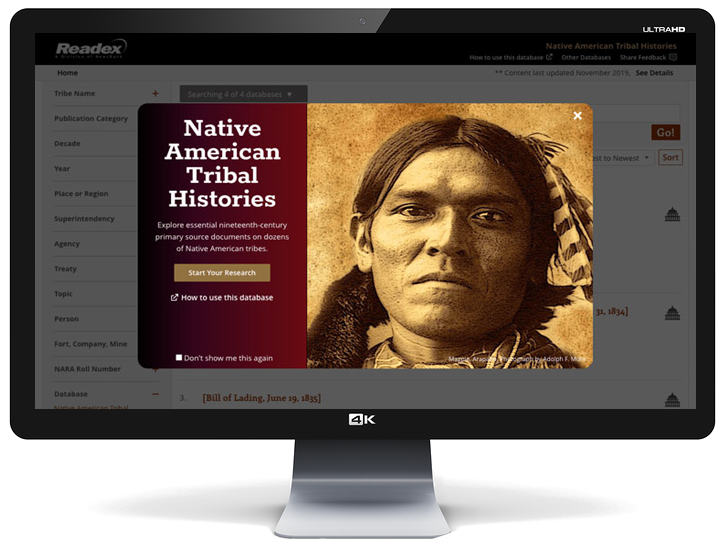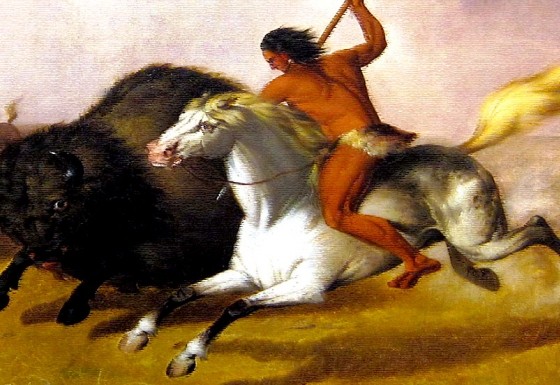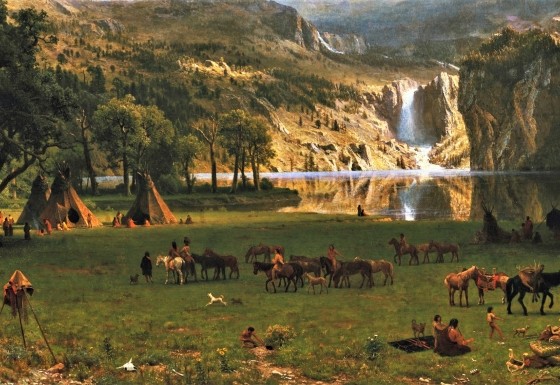Through much of the 19th century, the education, land rights, treaty negotiations and other affairs of Native American tribes were overseen by a cadre of superintendents from the federal Bureau of Indian Affairs (BIA). BIA superintendents scrupulously recorded their interactions with Native American tribes, leaving behind an astoundingly detailed archive that is captured here in full. It contains all the manuscript letters and reports that the superintendents sent to Washington, D.C., as well as the responses and instructions received from the nation’s capital.
These primary source documents cover not only encounters between Indigenous people and the U.S. government, but also accounts of Native American cultures during a time when disease and forced relocation were transforming their lives. Now, these rare materials are available for the first time in a readily accessible digital collection, which also contains detailed historical background notes created by the curators of the National Archives. Native American Tribal Histories, 1813-1880, is a powerful new resource for anyone interested in the past, present and future of Native America.
A vivid picture of a tumultuous era
As U.S. settlers pushed farther west, Native Americans were confined to increasingly small parcels of land which restricted their autonomy, impacted cultures and traditions, and led to numerous conflicts. The BIA superintendents and agents tasked with managing tribal affairs covered these issues through a series of handwritten reports and records. In addition, the documents in Native American Tribal Histories cover the history of Indian boarding schools, including attendance and curricula; the enforcement of treaties and federal laws; forced relocations and “Indian removal” policies; goods, supplies, medical care and payments provided to tribes; military conflicts; trading; and much more. Together, these primary source documents paint a vivid picture of the changes impacting Native Americans as a whole, as well as how these broader changes affected individual tribes and people.
Indigenous history from around the country
Native American Tribal Histories, 1813-1880, is sourced from the Bureau of Indian Affairs Field Office and Central Office Records at the American National Archives and Records Administration (NARA). It includes documents related to dozens of Native tribes from every region of the contiguous United States, including Apache, Arapaho, Blackfeet, Cherokee, Chippewa, Choctaw, Creek, Kickapoo, Kiowa, Klamath, Lummi, Mandan, Mojave, Navajo, Nez Perce, Osage, Potawatomi, Pueblo, Seminole, Sioux, Ute and numerous others. Additionally, a customized user interface ensures that students and scholars are able to easily navigate, browse and filter documents by territory, date, tribe, topic, document type and more.






